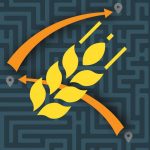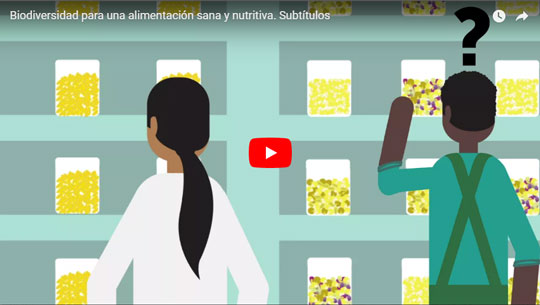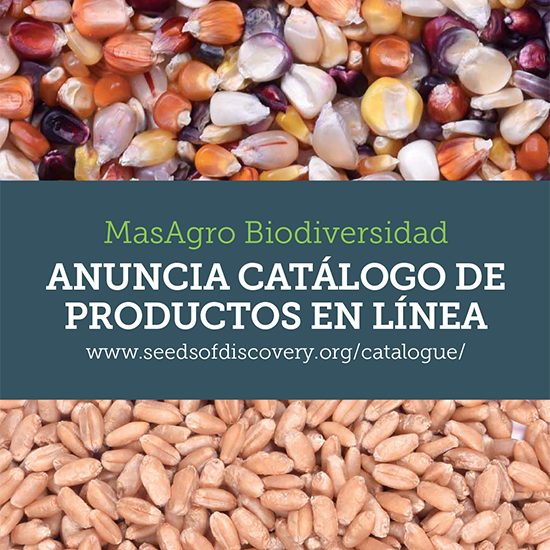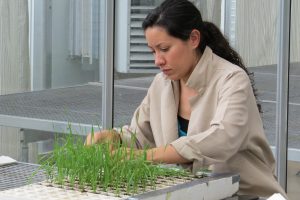What are the principal factors that prevent a more effective utilization of genetic resources for the benefit of farmers? This was the central question around which we assembled a results-oriented research program. We considered, amongst others, the following intervention points:
-
-
- So many accessions, so few data! Many genebanks resemble libraries that lack sufficiently informative catalogs. The advent of next-generation DNA-sequencing platforms has made it possible to characterize the genetic diversity conserved in entire genebanks. Genetic-relationship data (along with passport and GIS data) can be used to guide a systematic exploration of the ‘phenotypic space’ of maize and wheat for selected key traits and breeding targets. Both genotypic and phenotypic datasets, as well as associations between the two, will help genebank users to identify accessions of interest with greater precision.
-
- Information management. Generating new data by itself is insufficient if it cannot be effectively disseminated, queried, summarized, visualized, and analyzed. Data generation, therefore, has to go hand-in-hand with providing intuitive software and analysis tools to deal with the rapidly expanding datasets describing maize and wheat genetic resources.
- Pre-breeding. A ‘reformatting’ of the diversity in genebanks into a more breeder-ready format could lower the barriers to mobilize novel genetic variation into breeding programs, which in good part are due to the dependency of gene effects on genetic backgrounds. We will generate introgression populations, to systematically introduce exotic alleles into elite genetic backgrounds. The resulting ‘bridging germplasm’can be used to validate exotic-allele effects in elite genetic backgrounds. In this way, we aim to reduce the costs and risks associated with incorporating exotic alleles into breeding programs.
- Traits with complex genetic architecture. Some of the most important challenges to agriculture need to be addressed by manipulating genetically complex characters controlled by small-effect alleles (yield potential, heat and drought tolerance, etc.). Rather than dissecting such characters into genetically less complex component traits, holistic approaches that consider such traits as the phenotypic expression of gene-network behaviors, appear more suited for a project like SeeD, which needs to address several traits at once. Such approaches rely on rapid cycling and recurrent selection, which concurrently reduce linkage drag, another important obstacle to mobilize novel diversity into breeding programs.

Dr. Giovanny Soca, Postdoctoral Researcher at SeeD, working at Mexicali with new accessions for CIMMYT’s germplasm bank. ©2012 (CIMMYT)
- Collecting germplasm. The availability of sufficient numbers of genebank accessions does not appear to be a factor limiting the use of novel genetic variation in breeding programs, and a new initiative will secure the global network of genebanks of humanity’s major food crops for future generations. SeeD, therefore, will focus on characterizing and promoting the use of existing collections rather than collecting new genebank materials or conserving existing collections.
For more information please contact us at: seed@masagro.org
















